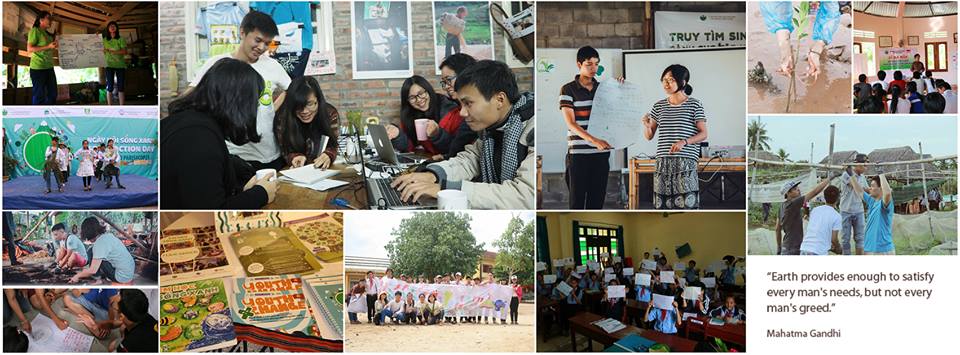Government approves new environmental plan
According to a recent report by the National Steering Committee for Water Supply and Environmental Sanitation, the country`s biodiversity and water resources are under massive pressure from rapid industrialisation.
Over the past 50 years, the total area of mangrove forest has decreased 75%, while ancient forests now make up only 13% of total forested areas.
The action plan aims to increase forest coverage to between 42-43% and restore 50% of degraded watershed forests by 2010.
VN launches bio-diversity plan |
Every year Vietnam reaps hundreds of billions of dong from its rich sources of bio-diversity, said Nguyen Cong Thanh, Deputy Minister of Natural Resources and Environment. Addressing a meeting to launch the national plan of action on bio-diversity, Thanh said the plan was especially important to Vietnam because the country was an agricultural-based economy. The national plan has 16 objectives, including conservation and development of different eco-systems on land, wet-land and in the sea; conservation and development of bio-diversity in agriculture; sustainable use of bio-resources; and the consolidation of the state governance on bio-diversity and bio-safety. To ensure proper implementation, participants at the meeting highlighted the need to launch an education campaign with media assistance. The campaign would ensure the public understand the importance of the issues and is educated on conservation management and the sustainable use of bio resources. They suggested bio-diversity conservation and development activities be integrated into the country`s socio-economic programmes and projects. "These activities should be considered as part of the criteria for evaluating development solutions and create a strong link between conservation and poverty reduction," the participants recommended. Thanh said the bio-diversity plan was also important due to Vietnam`s desire to focus on sustainable development. For this reason Vietnam had actively participated in international conventions on environmental protection, including ratification of the Convention on Bio-diversity on November 17, 1994 and ten years later, on January 19, the Cartagena Protocol on Bio Safety, he added. Vietnam`s first bio-diversity action plan was introduced in 1995 and in just over a decade, on May 31, 2007 the Prime Minister gave the nod to a four year plan on bio-diversity (2007-2010) with a vision towards 2020. |
Concerned organizations will also work hard to increase the total area of sub-merged and marine reserves to more than 1.2mil ha, as well as restore another 200,000ha of mangrove trees.
By 2010, the total area of protected ecological land should increase 1.5 times.
According to the National Strategy to Protect the Environment approved by the Prime Minister, the country should expand national forest coverage to 48% of total natural area in Vietnam by 2020.
In addition, 90% of streets should be lined with trees and the ratio of parks in cities in 2010 should double that of 2000.
Ninety per cent of production and business facilities should have attained international environmental standards and have planted trees inside their complexes.
Water quality
Regarding the quality of water resources, the action plan`s goals for 2010 include upgraded facilities to hold rain water and waste water drainage systems for cities and industrial zones, as well as 40% of urban areas having implemented certified waste water drainage and processing systems.
In addition, 50% of polluted lakes, ponds, canals, and rivers in cities should be cleaned up.
The water quality of rivers should be improved to allow the cultivation of international standard fish, shrimp and snails.
On average at present, 62% of rural residents have access to clean water.
The country`s four main economic regions have the highest percentage of clean water, including the Hong (Red) River Delta at 66%; the eastern region of south Vietnam at 68%; the Cuu Long (Mekong) Delta at 66%; and the northern region of Central Vietnam at 61%.
The country has set a target that by 2010, 85% of rural residents would have easy access to clean water, with an allowance of 60 litres per person per day.
By 2020, 100% of urban residents and 95% of rural residents should have access to clean water.
(Source: Viet Nam News)
